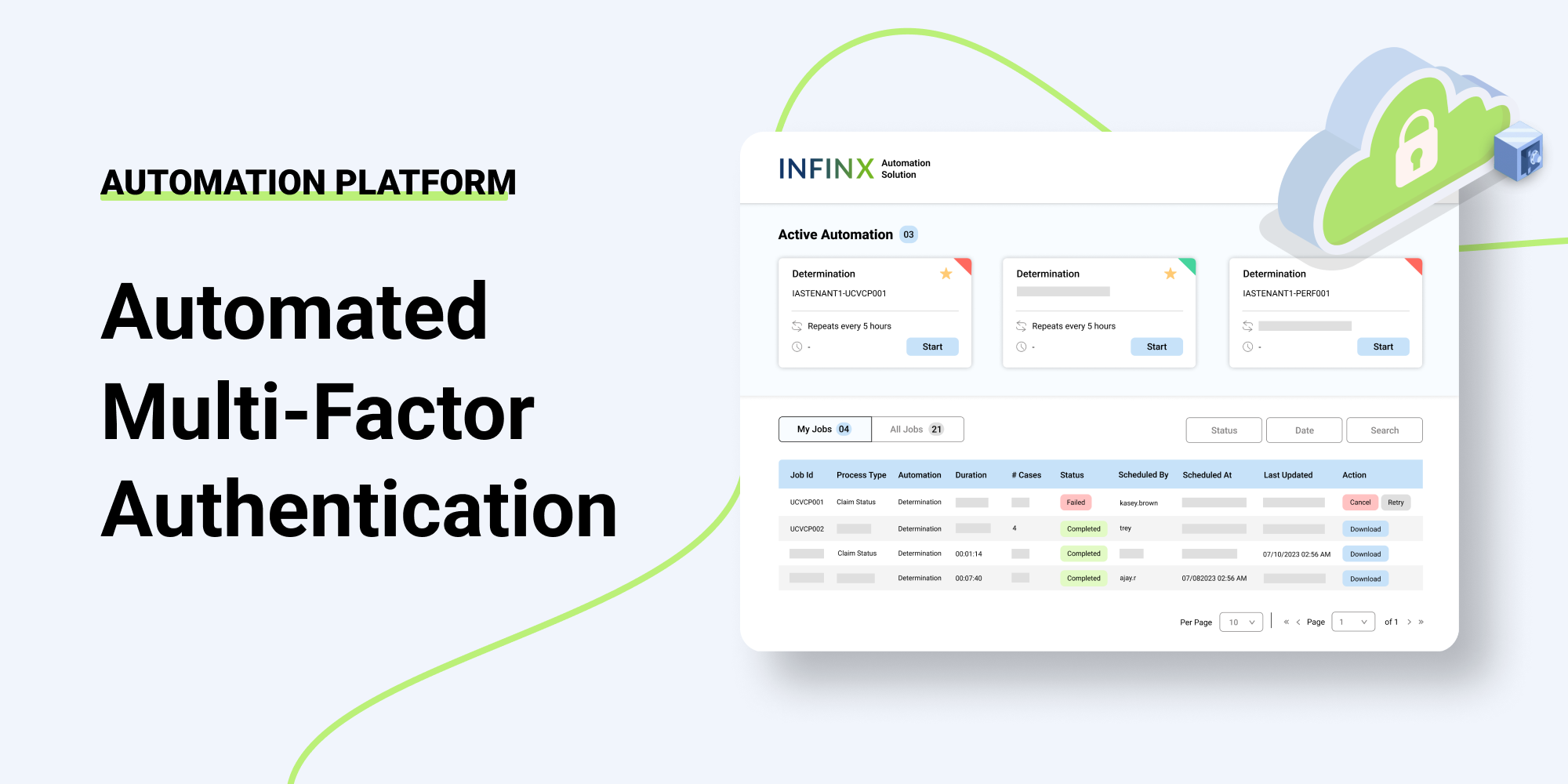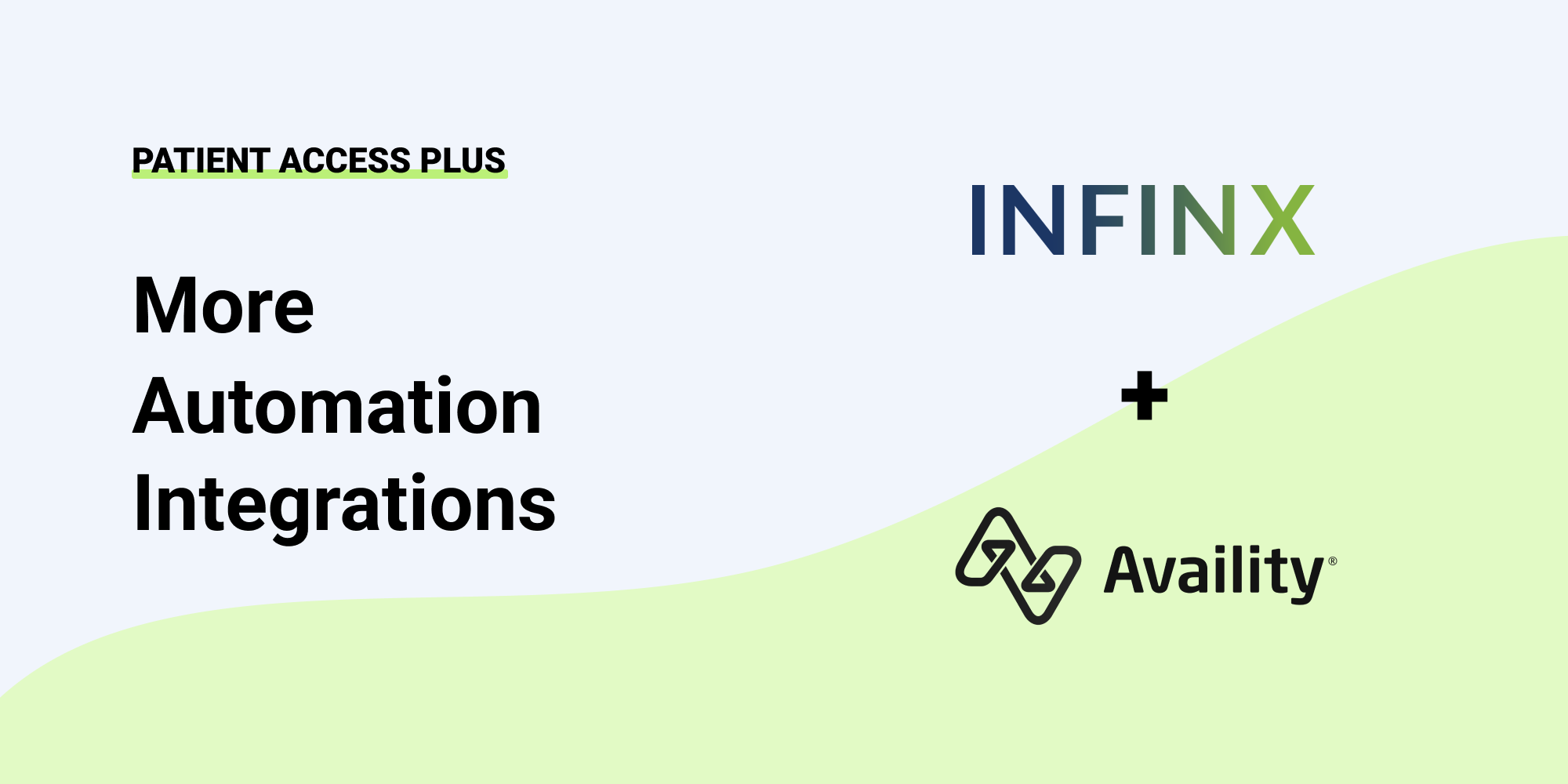New patients are the lifeblood of any orthopedic practice. With the complexities inherent in today’s healthcare insurance market, a successful practice must be effective at the new patient pre-registration process, ensuring a foundation for smooth revenue cycle management (RCM).
As technology continues to offer more and more supportive opportunities, it has never been more critical to stay abreast of changes in automation and artificial intelligence (AI) capabilities available in the patient access arena. To continue improving the patient pre-registration process can position your practice to provide outstanding care AND collect the maximum reimbursement available.
Improving Orthopedic Patient On-boarding
Given the importance of the patient access process and assimilating accurate and thorough information, let’s look at each step and the automated improvements that can be implemented that will improve reimbursement and the patient experience.
Initial Point of Contact: Appointment Scheduling and Demographics Collection
Whether your orthopedic practice provides appointment scheduling with a live person, a call center, or a patient portal, this is usually the first opportunity to set the tone with your new patient regarding the expectations to follow in terms of RCM. Collecting accurate and current demographic and insurance information at this initial stage is crucial. It will be used to on-board the patient into your practice system and ensure valid RCM information is obtained regarding:
- Insurance eligibility dates
- Co-pays and co-insurances
- Deductibles
- Secondary insurance and coordination of benefits
- In-network vs. out-of-network coverage
- Referral requirements
- Prior authorization requirements
But there is also another equally important process that takes place during this initial scheduling phase – educating the patient on the practice’s financial policies, including payment expectations, cancellation policies, collections procedures, and missed appointment charges. You will have other opportunities to reinforce your practice guidelines, but it’s important to convey the information upfront at this initial encounter.
It All Starts with Solid Insurance Verification
As the basis for any good RCM system, the patient insurance information should be gathered thoroughly with copies of insurance cards and ID’s becoming part of the patient’s permanent records and double-checked at each visit. Today’s automated processes allow the insurance to be verified before the patient’s visit and, again, when the patient arrives to ensure that no changes in eligibility have occurred and an up-to-date remaining deductible amount is obtained.
Additionally, insurance verification and eligibility through an automated software solution not only greatly reduces the administrative burden of manual verifications, but also can be integrated with pre-auth and patient pay functions.
Negotiating the Prior Authorization Maze
The Prior Authorization (PA) process is probably the least appreciated function that takes place in any practice. It is rightfully seen as disruptive to the patient’s care and experience, a roadblock to necessary procedures and equipment (often determined after the patient encounter), and uncompensated use of physician and staff time.
A recent AMA PA Physician Survey found that 92% of patients experience a care delay due to requirements for PA. And equally troubling, that a significant number of patients abandon specialty care altogether, negatively affecting clinical outcomes.
One solution to reducing the burden experienced by your practice is to invest in an automated, fully-supported PA package that uses AI and machine learning to allow real-time approvals and follow up. This not only greatly reduces the time required to manage the PA process but will lessen the drain on your admitting professionals when navigating this critical function.
Patient Pay Estimation and Collection Ahead of Service
Today, fully 30% or more of the cost of healthcare may be the patient’s responsibility – service you provide and should be compensated for – and the patient should be aware of this amount before entering your practice. While there are always unforeseen circumstances that arise, a large percentage of costs can be well researched and pinpointed ahead of the actual visit.
It has long been customary for many practices to notify patients of pending amounts due as they arrive, which is often a shock to the individual and sets up an adversarial relationship from the start. But what if you are proactive in notifying your patients about payments ahead of an appointment and requesting payment at that time, thereby allowing them time to arrange or budget as needed?
This allows the patient to digest the amount, ask questions, research their insurance plan, and become an active participant in the process. It also encourages your staff to identify potential concerns and to offer arrangements that reinforce an obligation, such as 50% now-50% at the time of service or third-party financial plans.
As a bonus, it may deflect problems from occurring as patients arrive in your reception area or meet with the providers, as well as redirect any patient concerns to their insurance plans where they often belong.
Our Role as Patient Educators
When working on improving patient pre-registration, educating staff to answer questions about the complex insurance process is a key component…patients think that everyone in your practice is an expert, so let’s embrace the role. By setting the tone in your office that staff members are insurance specialists and an important piece of the care continuum, you elevate esteem, which goes a long way in helping to create and reinforce a sense of responsibility with employees.
While your orthopedic practice may feel it already has extensive experience in on-boarding patients, today’s technology offers improved and streamlined opportunities to assimilate patients efficiently. These automated solutions not only improve the patient’s experience during pre-registration but greatly impact RCM in a positive and worthwhile way.
Contact us today to discover how enhanced on-boarding solutions can improve your orthopedic practice revenue reimbursement.


